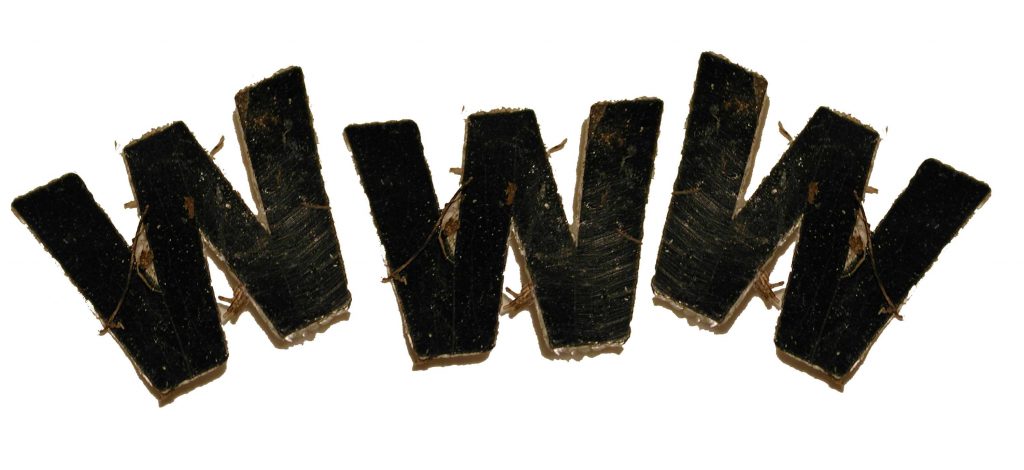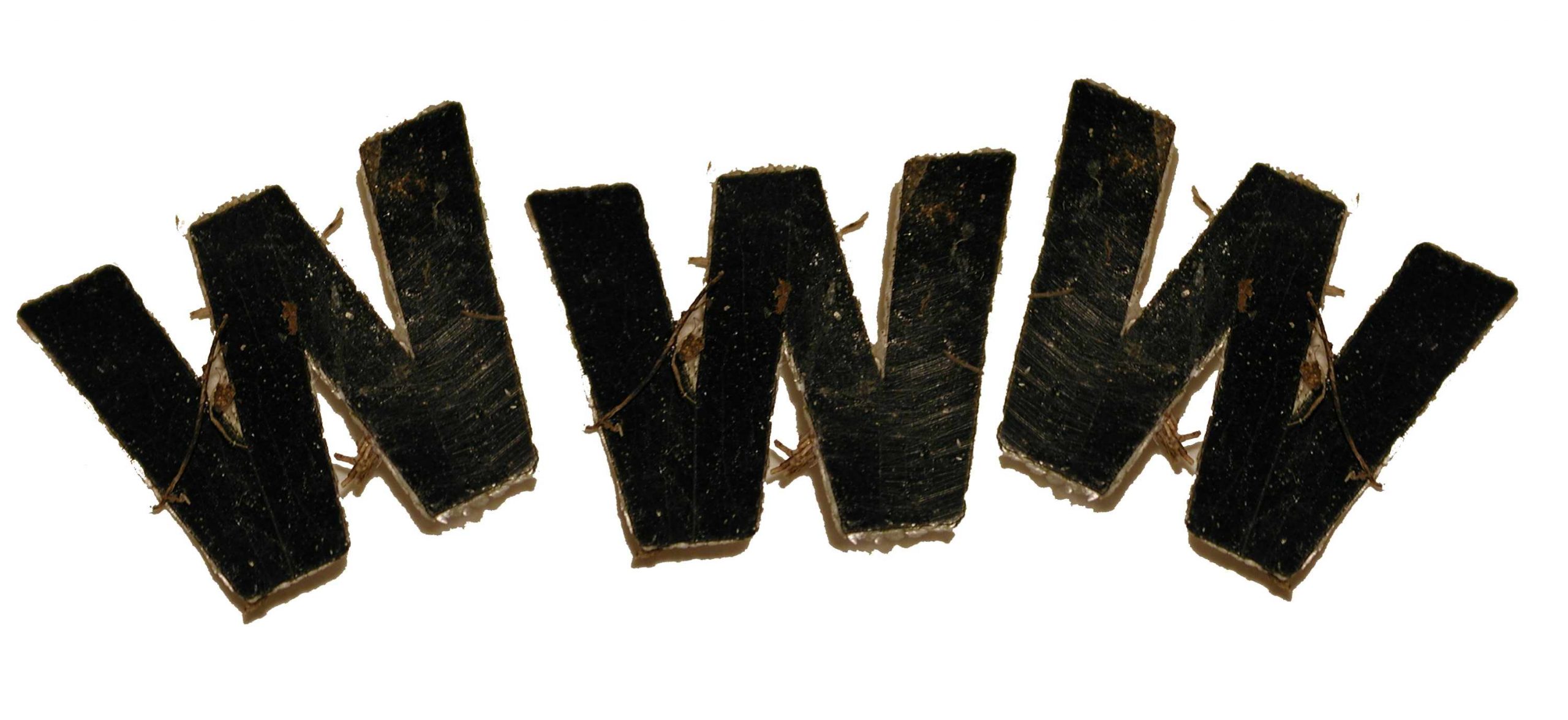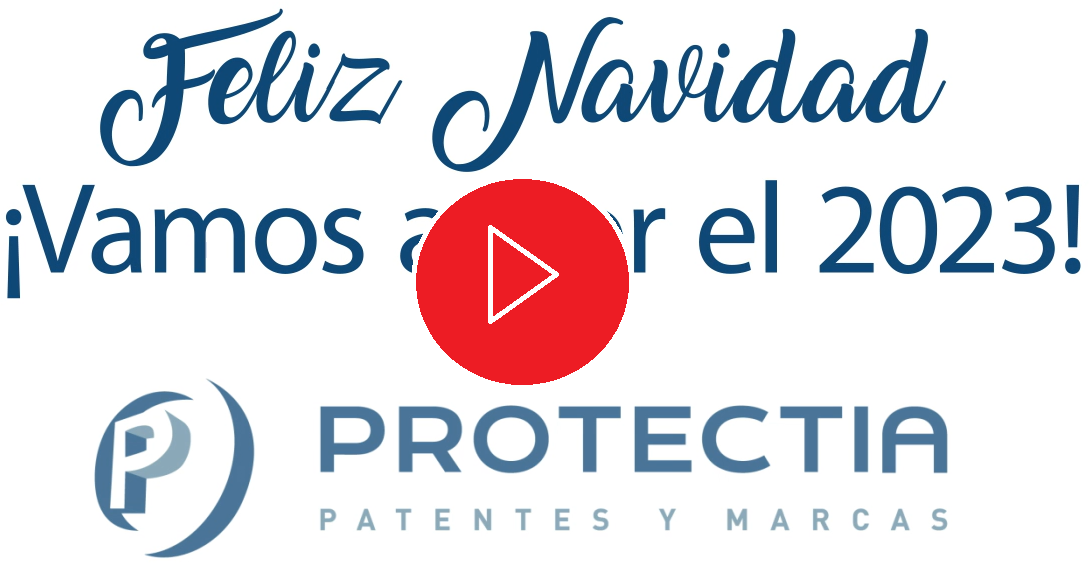In the past, we’ve talked about the liberalization of domain name extensions. In those occasions, we were leaving a glimpse of the potential problems of trademark rights, between others, that could be found and we mentioned as an example the reason why the extension was not accepted.
The establishment of new generic top-level domains (gTLDs) increases the possibility to have a corporative identity on the internet. In particular, it is possible to differentiate themselves and have an extension corresponding to its trademark or the company name. Obviously, this liberalization comes with its negative side which is the emergence of new abuses, such as cybersquatting, and other practices contrary to the rights of intellectual property.
In order to limit this kind of risks, the ICANN, international organism supervising domain names, has launched the Clearinghouse, as the only official mechanism to protect trademark rights. The Clearinghouse is a centralized database, in which are included the trademarks of anyone who is interested in preventing a third party illicit appropriation of an extension identical to his trademark.
Trademark Clearinghouse: what for?
It allows two things:
- That the owner of the trademark may be able to register his trademark(s) in any Sunrise period of any new gTLDs domain considered convenient.
- Once past the Sunrise period, and if the domain remains free, the owner of those trademarks will be notified when a third party wants to register an extension that is identical to the trademark previously registered in the Trademark Clearinghouse. If, despite the formal notice, registration is carried out, the owner is notified once again so it can take the proper actions.
Any trademark, national or regional, can be included in the Clearinghouse for renewable period of one year.
¿Are you interested on the Trademark Clearinghouse service?




